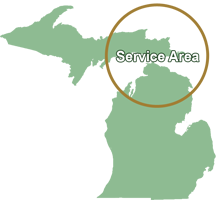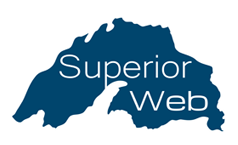



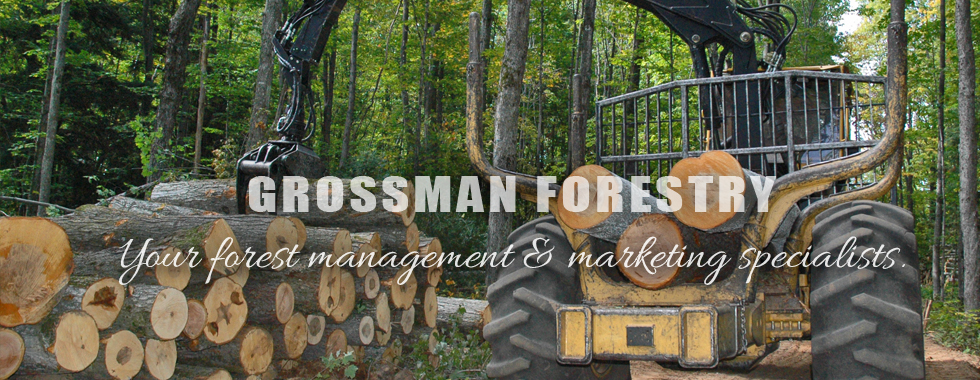
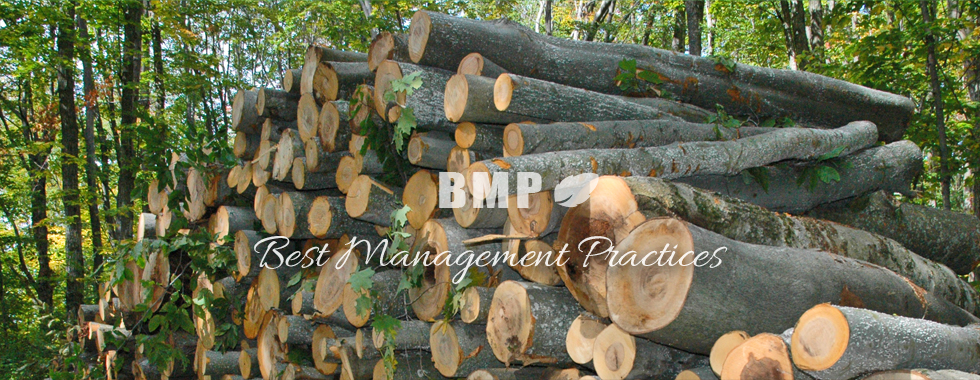
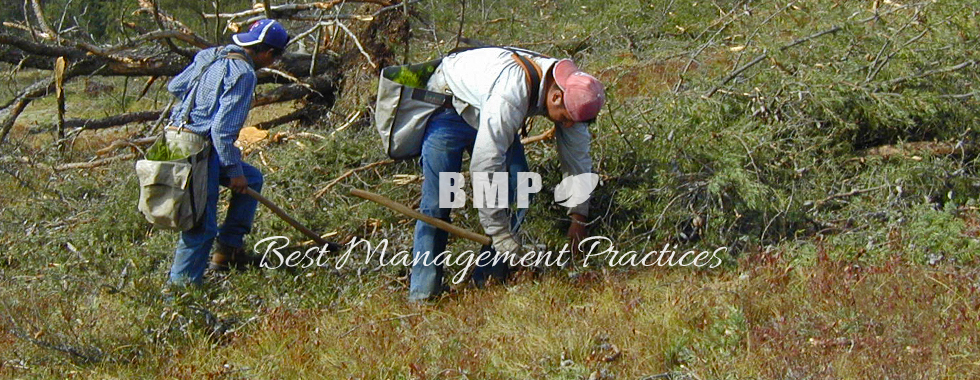
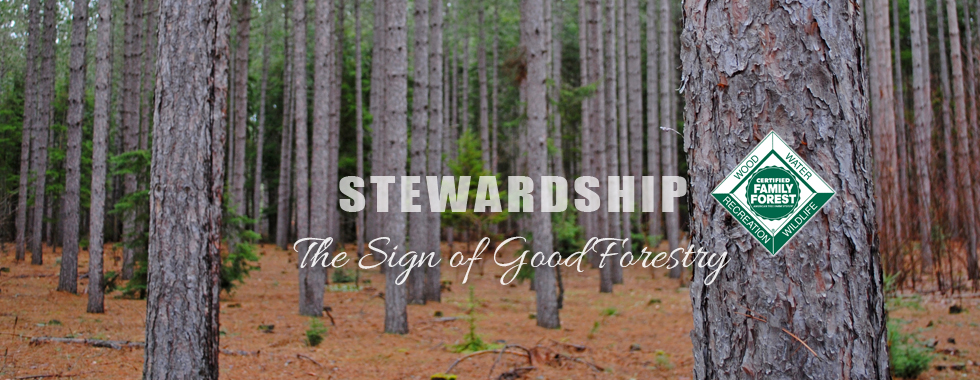
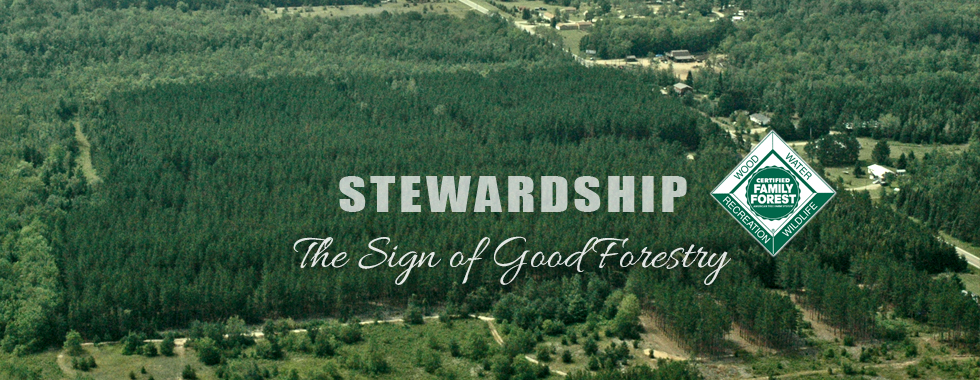
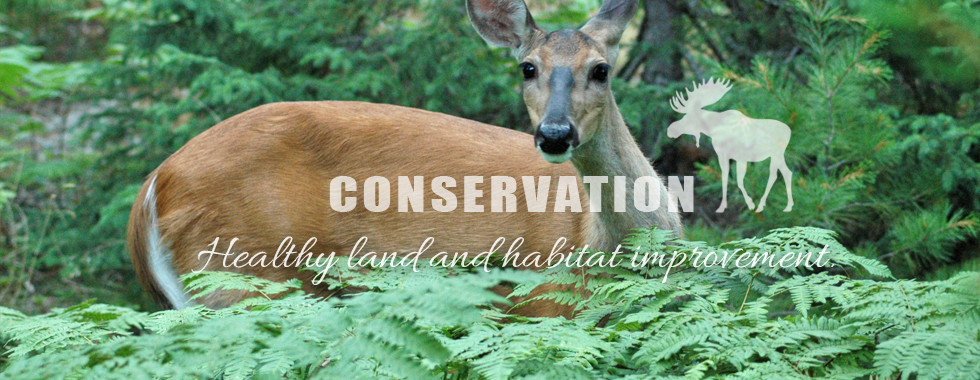
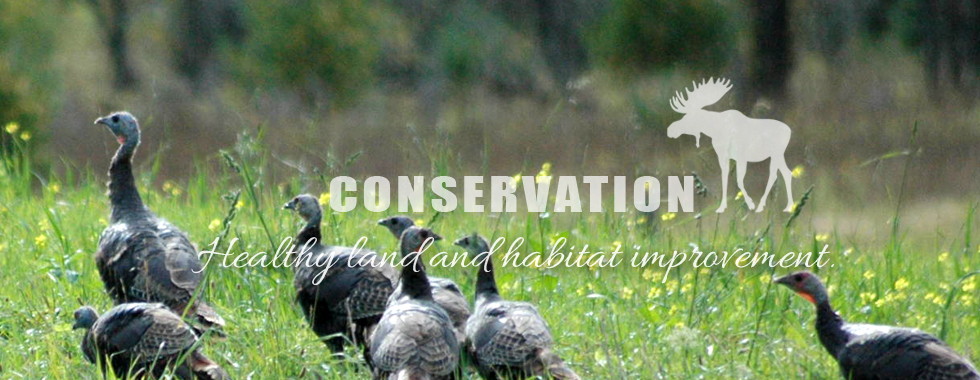
If you own or are considering the purchase of Michigan woodlands, a scientific evaluation can be made to identify your forest management options.
Before you consider a timber harvest of your Upper Peninsula forest, it is essential that you have written management plan.
A well thought out forest management plan should describe your property by stand or timber type.
We help you improve and maintain soil and water quality, and reforestation practices when needed.
The American Tree Farm System has established a relatively new program called the American Tree Farm System, Group Certification Process.
If you are interested in long-term sustainable forest management for your property, this is the program for you.
The natural woodlot is an apparently simple place. Its esthetic elements don't appear to be complex; clean water, timber, wildlife.
Forest care benefits both the woodland property and its owner by appropriately maximizing the kind of healthy, balanced growth that facilitates both land and habitat improvement.


|
MICHIGAN TIMBERLAND TAX INFORMATION
Grossman Forestry Company recommends that you consult your tax and legal advisers for advice on your particular tax situation. |
| QFP - PA 378 |
Grossman Forestry Company has helped enroll over 297 tracts covering 115,411 acres (01/2023) Public Acts 378, 379 and 380 of 2006 created the Qualified Forest Property (QFP) program and Public Acts 42, 43, 44, 45, 49, and 50 of 2013 changed the administration of the program and some of its major provisions. As soon as Extension bulletins and other information is available we will get it posted. Summary of key provisions:
i. Legal description for enrolled acreage ii. Tax ID #’s for enrolled acreage. iii. Signatures from all owners. |
|
Social Responsibility to Schools |
While some have argued that the State Legislature will make up the lost revenue to the schools from PA378, many observers are very skeptical. It is likely that Michigan rural schools will continue to suffer. Please consider a donation to your local district or district foundation. |
|
TAXATION and FOREST LAND |
There are ways to reduce property taxes and income taxes from timber sales. Forest management and timber harvesting are very productive tools in not only achieving ownership objectives, but in also paying off the mortgage. For the savvy forest owner, tax burdens can be significantly reduced. |
|
TAX TIPS FOR 2013 |
These bulletins summarizes key federal income tax provisions related to owning and managing forest land. |
| Minimizing Federal Income Tax for Forest Landowners | This bulletin provides a general guide to federal income tax for forest landowners. |
|
|
This comprehensive web site provides extensive information about timber taxes. Begin at Getting Started page:
|
| Michigan's New Property Tax Laws, summarized from Bill Cook Article listed above. | Property taxes can be significantly reduced by enrolling forested property into programs offered through the State of Michigan. The legislature recognizes the importance of keeping as much forest land as forest, so it has enacted two programs to help accomplish this. The Commercial Forest Program (CFP) has been around in one form or another for decades. The Qualified Forest Program (QFP) is new in 2007. Both programs "buy" sustainable forest management on private land through property tax reductions.
If you are not genuinely interested in forest management, then neither program should be considered. The CFP was updated for 2007. The program description is available on the DNR website. For eligible forest property, there's a tax rate of $1.30 per acre with regular nickel increases every five years. The major barrier for many forest owners is the requirement of allowing public access (foot only) for hunting and fishing. The new QFP does not require public access. The tax reduction comes in the form of an exemption from public school taxes. Both programs require forest management plans, have eligibility rules, application procedures, various fees, and withdrawal penalties. There are also important differences. Make sure that you do your homework. |

